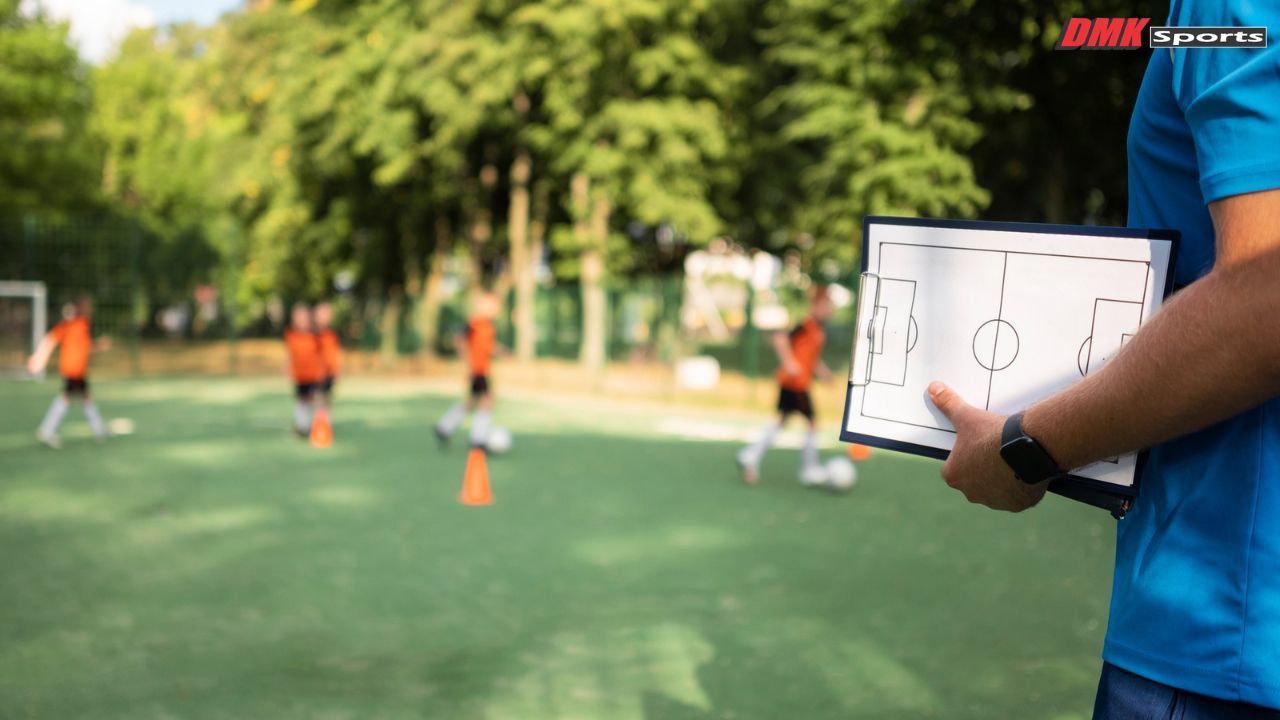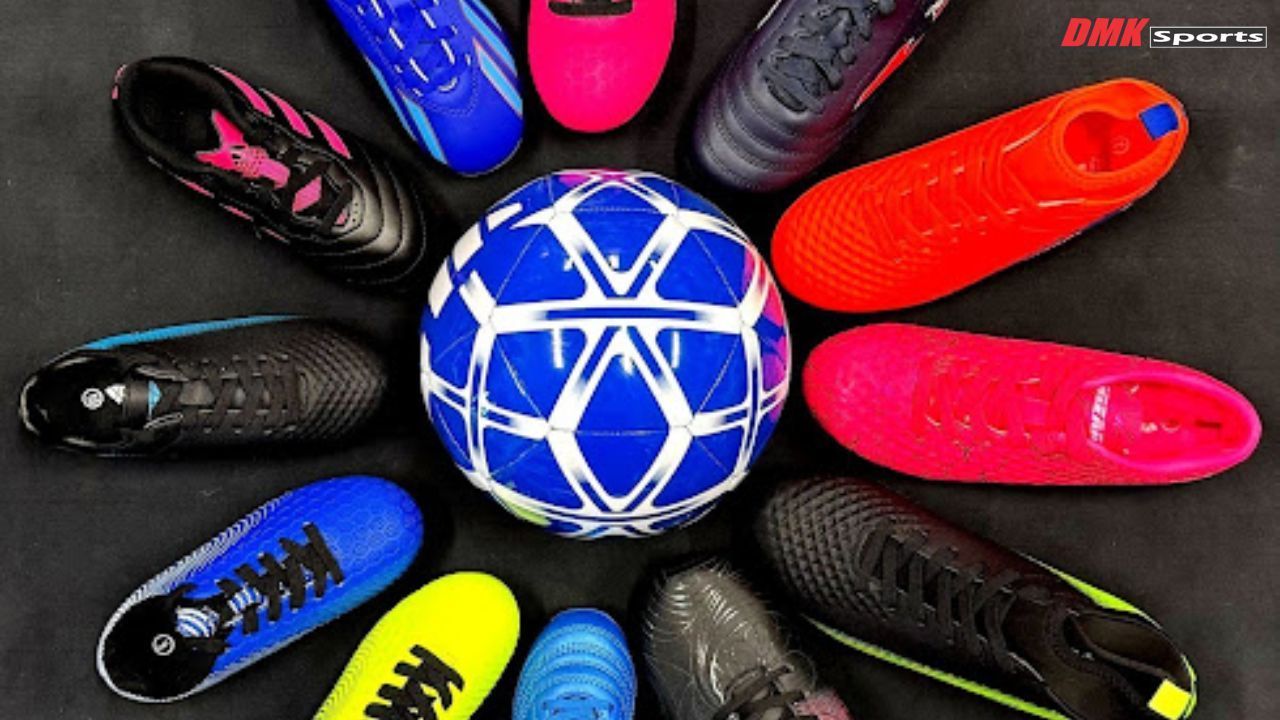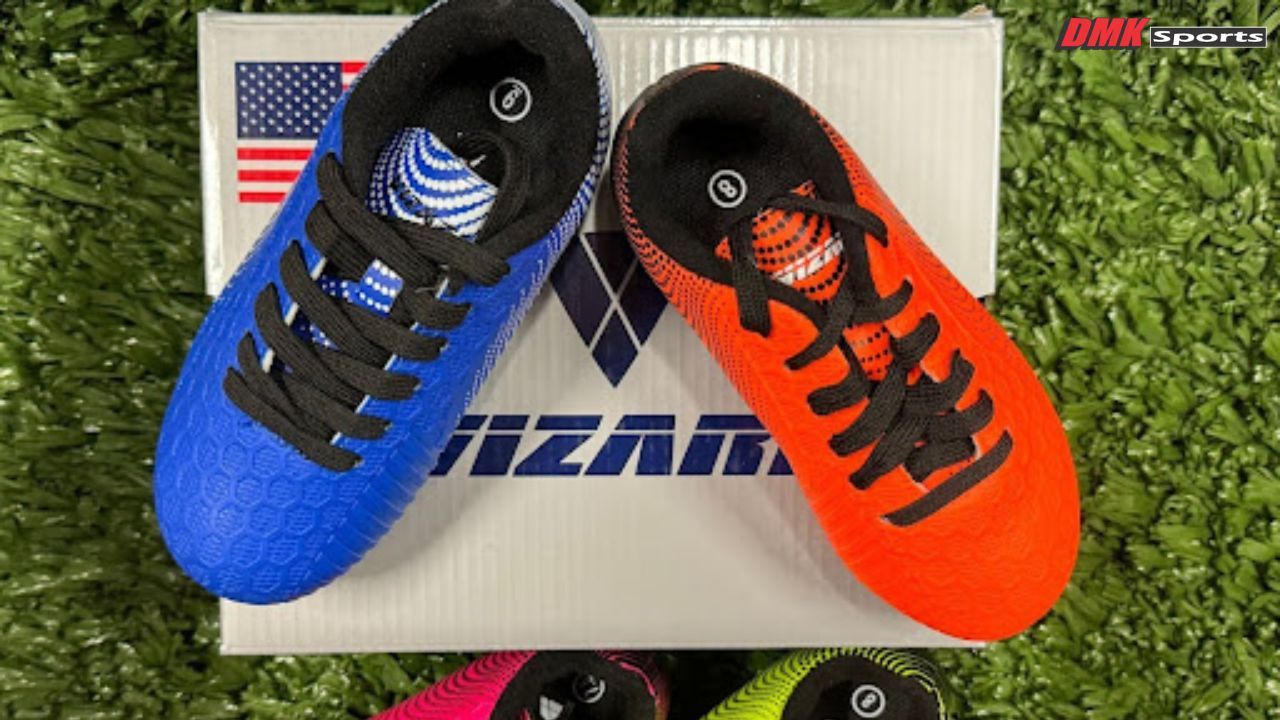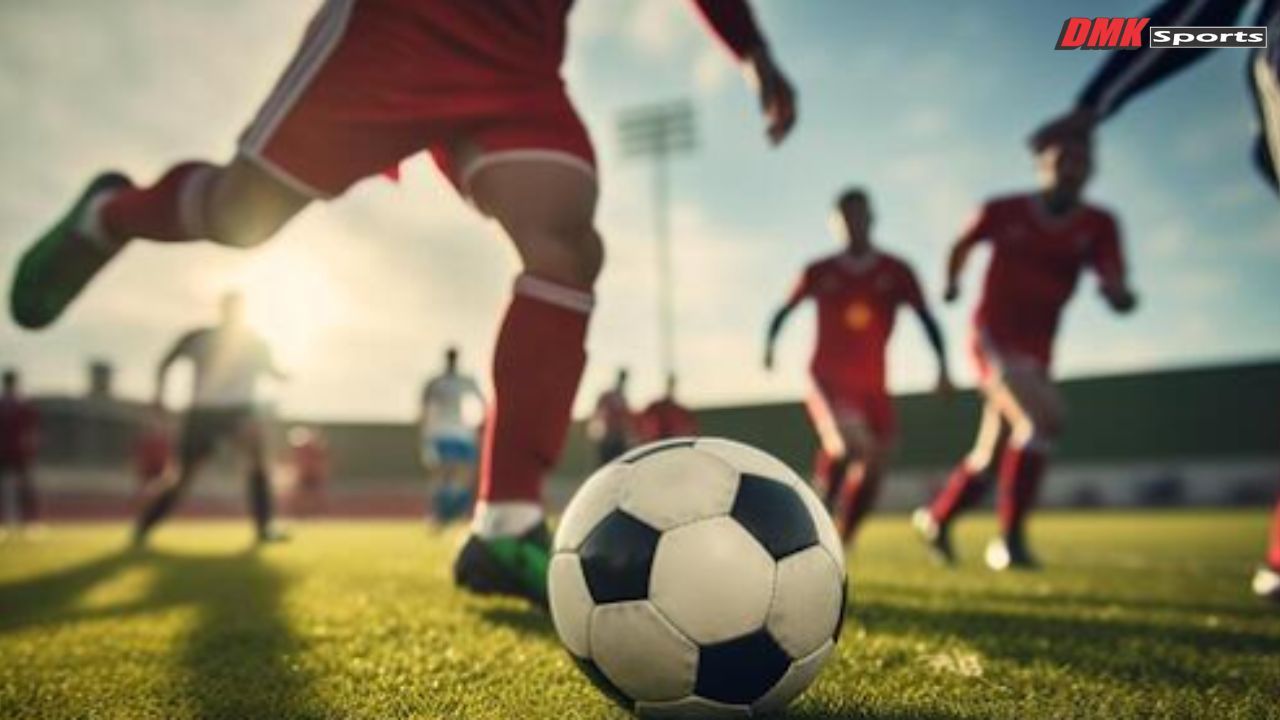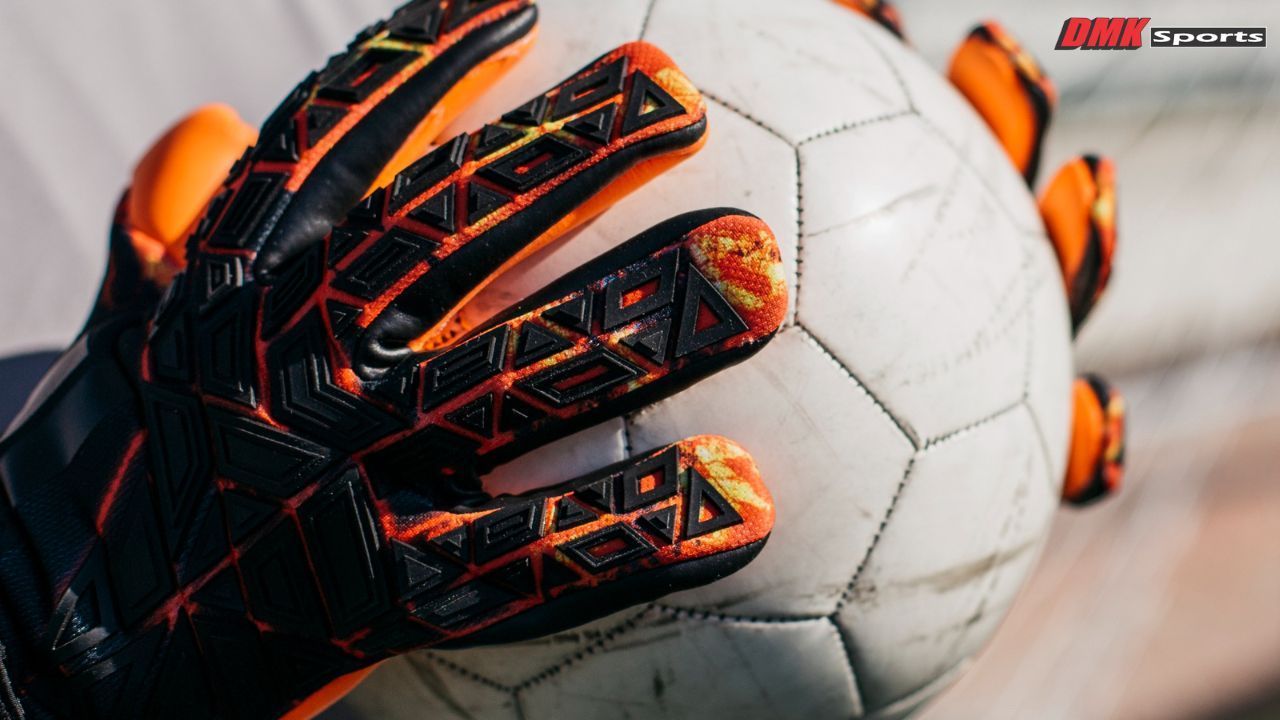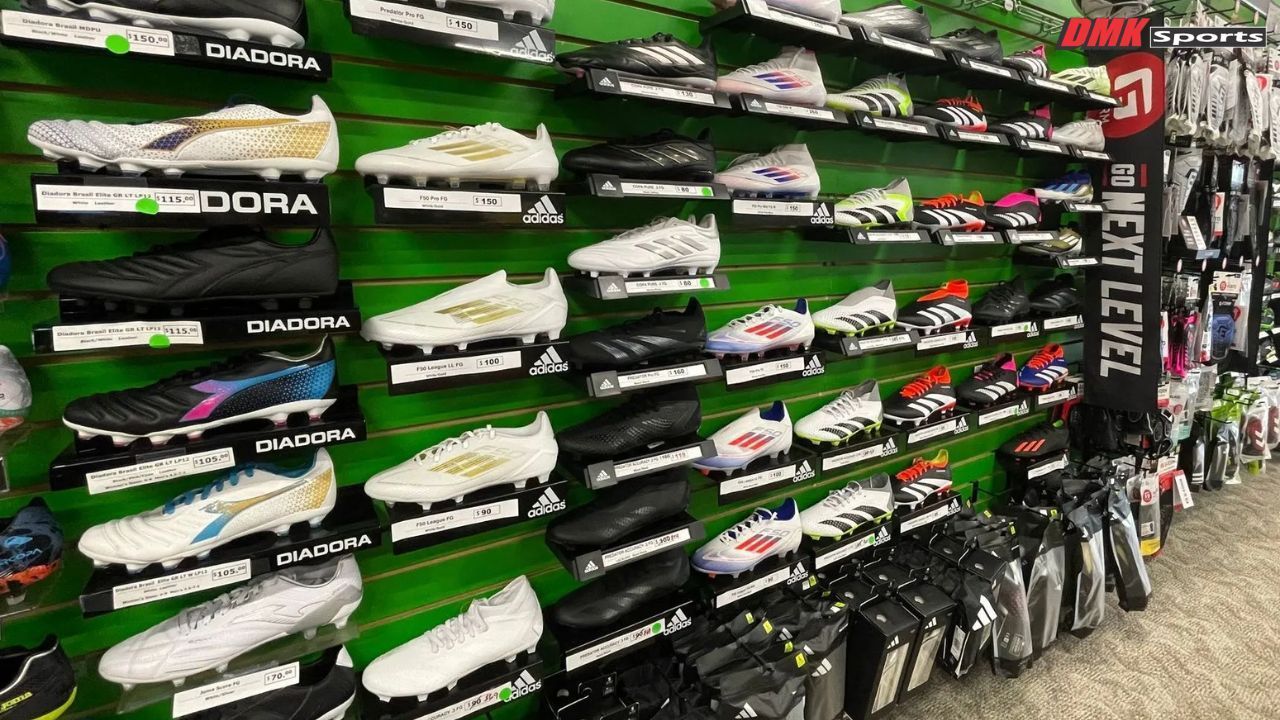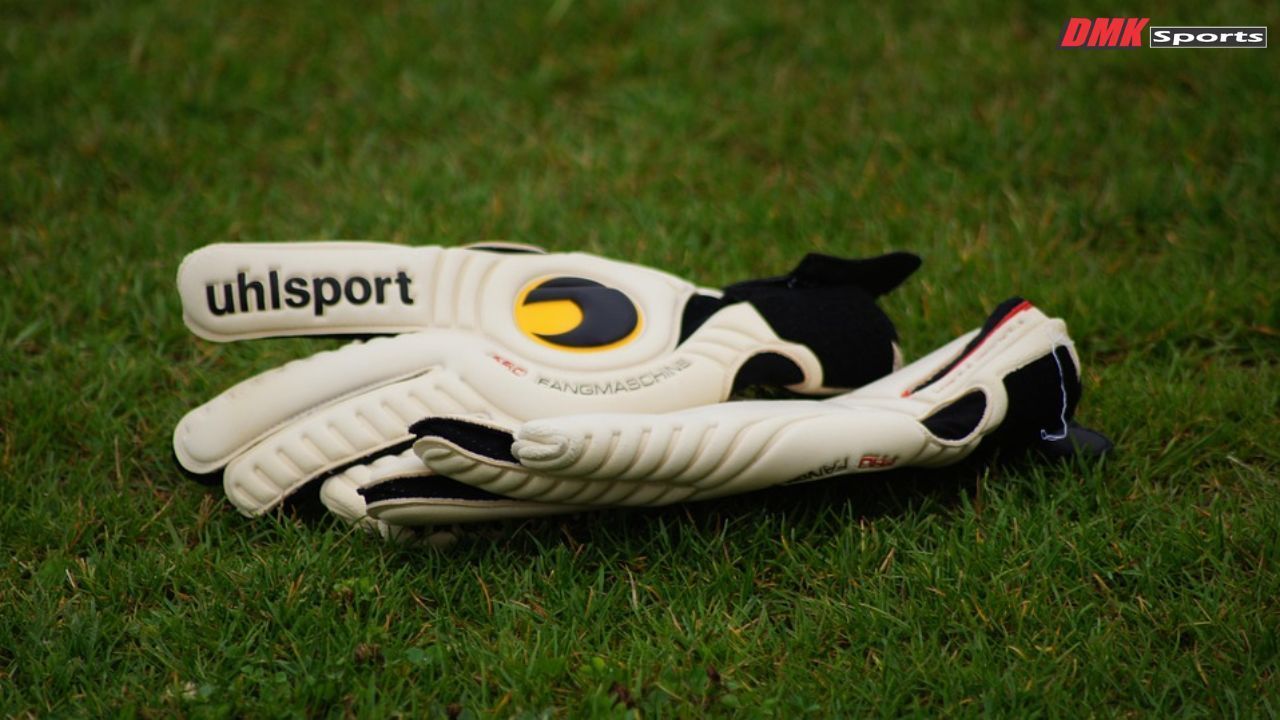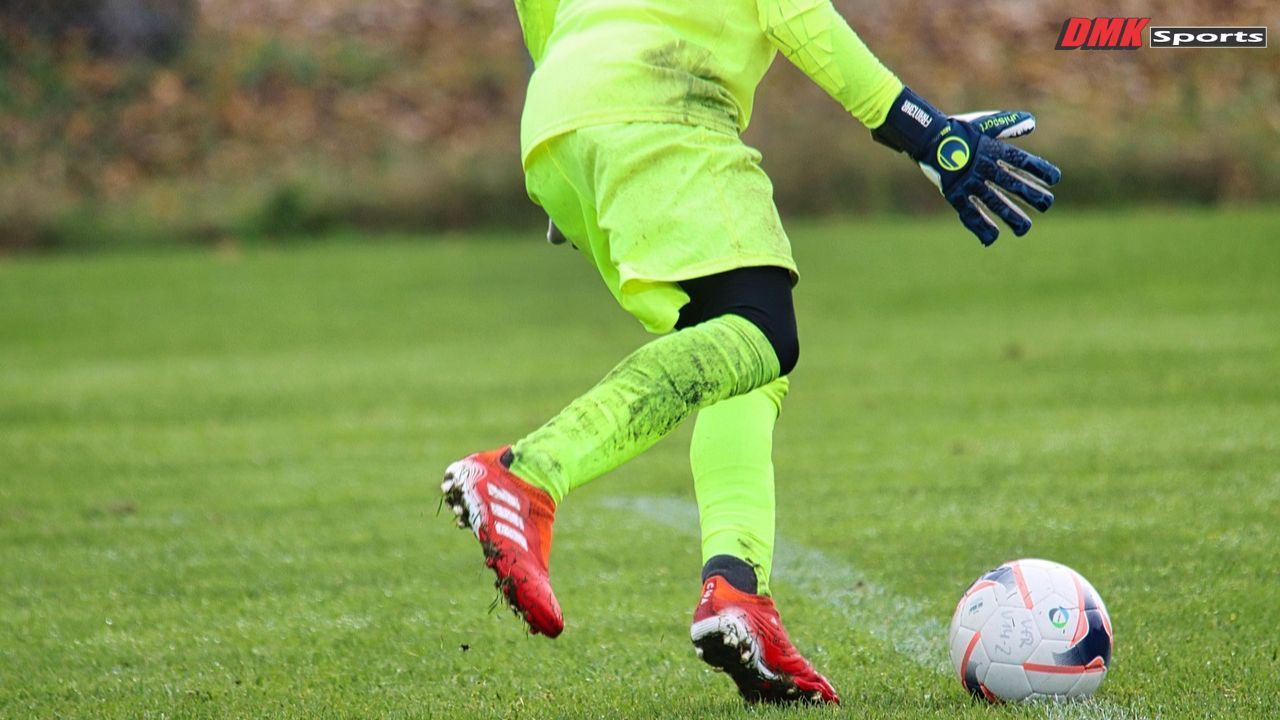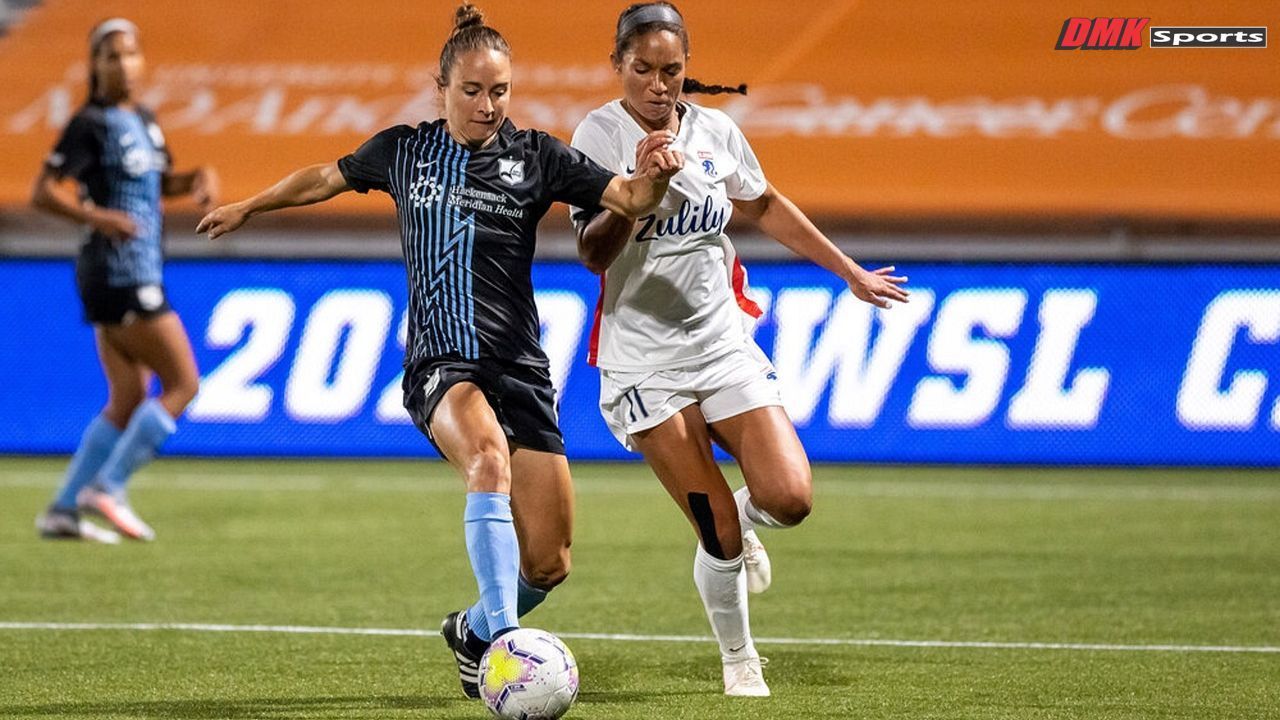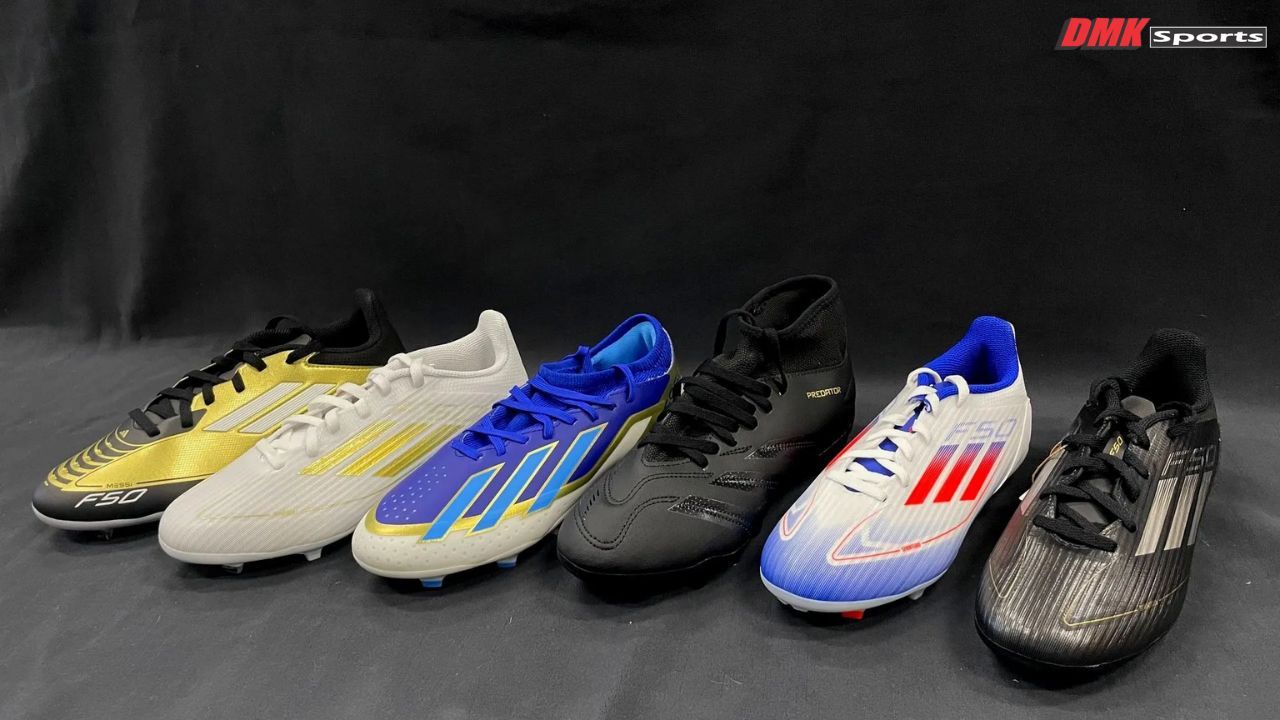How to Choose the Best Soccer Cleats for Wide Feet: Comfort and Performance Guide
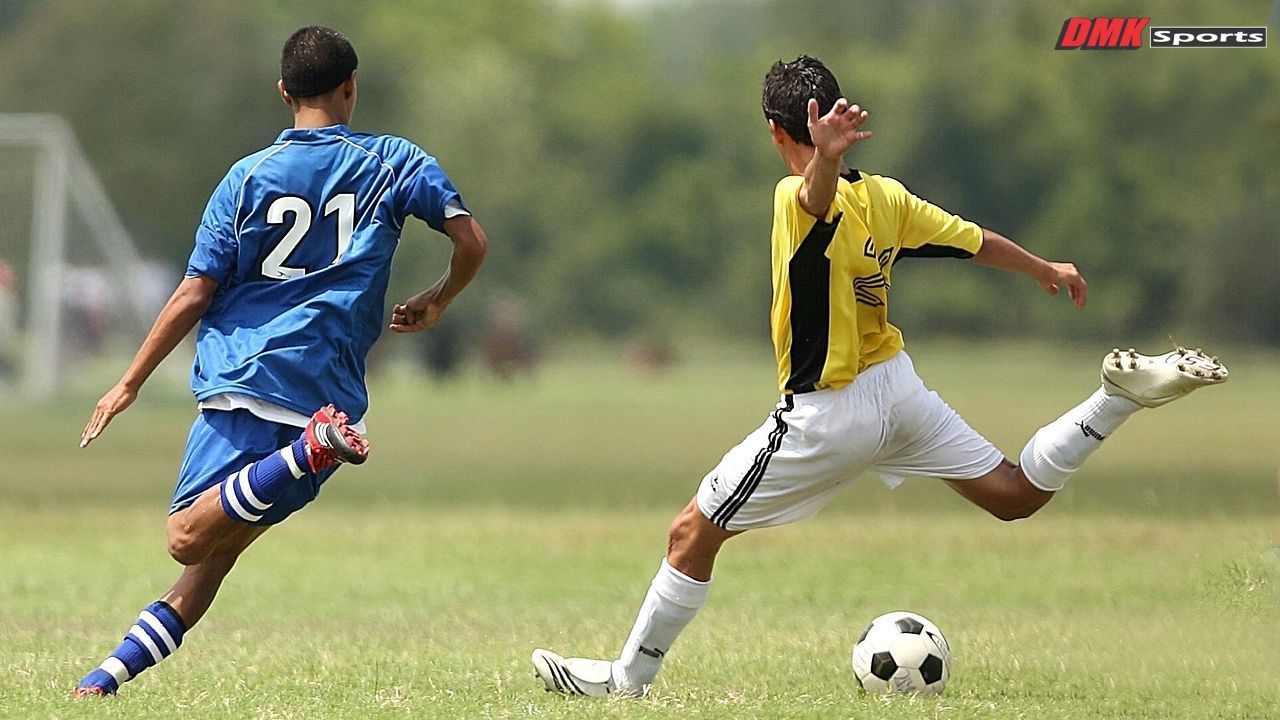
If you’re looking for ways to enhance your performance on the field, then you’ll need to have soccer cleats that fit you the best.
Finding the best soccer cleats for wide feet may look like a daunting task, but it isn't, it is essential for comfort and performance. Wide-footed players often struggle with shoes that pinch or limit movement.
Proper cleats improve stability while having control over the ball and reduce the risk of discomfort or injury. This guide provides clear, practical advice for selecting wide-fit soccer cleats that perform well.
Check DMK Sports for more tips, guidance, and expert advice to choose the perfect cleats.
Why Wide-Footed Players Need Specialized Cleats
Finding the right soccer cleats for a player who has wide feet is a must; players with wide feet need shoes designed to fit their foot shape. People with wide feet cannot use the standard cleats that often pinch toes, cause blisters, and restrict movement.
Wide-fit cleats provide extra space in the toe box and midfoot areas. This allows natural movement and distributes pressure evenly across the foot. Proper cleats also help players maintain balance and prevent fatigue during games.
Key Features for Wide-Foot Soccer Cleats
Upper Materials
- Leather: Soft and stretchy, molds perfectly to wide feet for a custom fit.
- Mesh: Flexible and breathable, keeping feet cool and dry during play.
- Knit: Adapts to foot shape for a snug, tailored, comfortable fit.
- Cotton: Soft, breathable, and gentle for casual or indoor soccer shoes.
Sole and Insole Materials
- EVA Foam: Lightweight, cushioned, and absorbs shock effectively for wide feet.
- Memory Foam/Gel: Conforms to foot contours for personalized comfort and support.
- Flexible Rubber: Durable and supportive without restricting natural foot movement.
Toe Box Design
- Choose
round or square toe boxes for extra comfort and room for toes.
- Avoid pointed designs that squeeze toes and reduce flexibility during games.
Overall Comfort Features
- Breathable, flexible uppers prevent pinching and allow proper air circulation.
- Lightweight, cushioned soles reduce fatigue and support longer game sessions.
- Properly shaped toe boxes ensure toes move naturally without pressure points.
Tips for Finding the Right Fit
- Measure foot length and width accurately before purchasing cleats.
- Try cleats at the end of the day when feet swell slightly.
- Wear soccer socks while fitting to simulate real game conditions.
- Walk and run in cleats to identify any pressure points.
- Avoid oversizing; shoes should grip the midfoot without squeezing your toes.
Where to Buy Wide-Foot Soccer Cleats
Wide-fit cleats are available online and in specialty stores. Check out DMK Sports for a wide range of cleats, soccer accessories, and helpful buying guides. You can also get expert advice to ensure you select the perfect cleat for wide feet.
Always check return policies since comfort can vary even among wide-fit shoes.
Popular Cleat Designs for Wide Feet
Molded Stud Cleats
Provide stability and evenly distribute pressure across wide feet for better control.
Low-Cut Cleats
Allow ankle flexibility and more freedom for wider foot profiles during movement.
Knit Upper Cleats
Stretchable knit materials adapt to foot width, offering comfort without losing control.
Multi-Stud Outsoles
Offer traction on various surfaces and support lateral movements efficiently.
Common Mistakes Wide-Footed Players Make
- Buying narrow cleats and expecting them to stretch over time naturally
- Choosing style over fit, which reduces comfort and playing performance
- Ignoring adjustable closures that can fine-tune tightness for wide feet
- Forgetting that feet swell during prolonged practice or game sessions
- Using heavy cleats that reduce agility, speed, and overall responsiveness
Avoiding these mistakes ensures a comfortable and effective soccer experience.
Ask the Coach for advice.
Asking your coach for advice about the best cleats for you can save a lot of time and money. This prevents you from buying the wrong cleats as coaches understand their experience, they can help you find which cleats work best for you.
They can provide guidance on comfort, safety, and proper fit for wide-foot players. Following their advice ensures your cleats match both performance and field conditions.
Maintenance Tips for Wide-Foot Soccer Cleats
- Wipe cleats with a damp cloth after each game to remove dirt
- Air-dry cleats naturally; avoid direct heat, which can warp materials
- Rotate multiple cleats to reduce wear on a single pair
- Inspect studs and soles regularly to ensure proper traction and safety
- Condition leather cleats to maintain flexibility and prevent cracking over time.
Proper maintenance keeps cleats comfortable, durable, and effective for wide-footed players.
Benefits of Choosing Wide-Fit Soccer Cleats
- Enhanced Comfort: Eliminates pinching and pressure points during movement
- Improved Performance: Supports natural foot motion for better ball control
- Injury Prevention: Reduces risk of blisters, bunions, and toe crowding
- Longer Playtime: Comfortable fit allows players to perform longer without fatigue
- Confidence on Field: Players can focus on the game rather than foot pain.
Final Thoughts
If you’re looking for the best pair of soccer cleats that fits as per your needs, then you can check the DMK Sports adult soccer cleats, they offer a wide variety of cleat collections and with the help of expert advice, you can choose the soccer cleat based on your preference.
Choosing the best soccer cleats for wide feet ensures comfort, durability, and better game performance. Players should focus on flexible uppers, roomy toe boxes, and adjustable closures.
Asking the coach for advice helps match cleats to field conditions and personal needs. Properly fitted wide-foot cleats allow players to perform confidently, prevent injuries, and enjoy every match.
